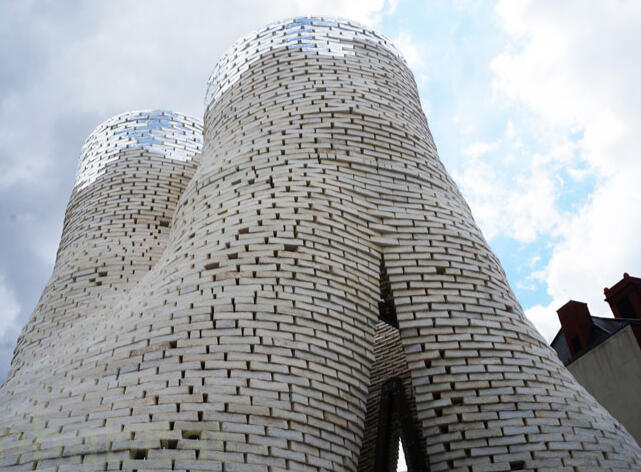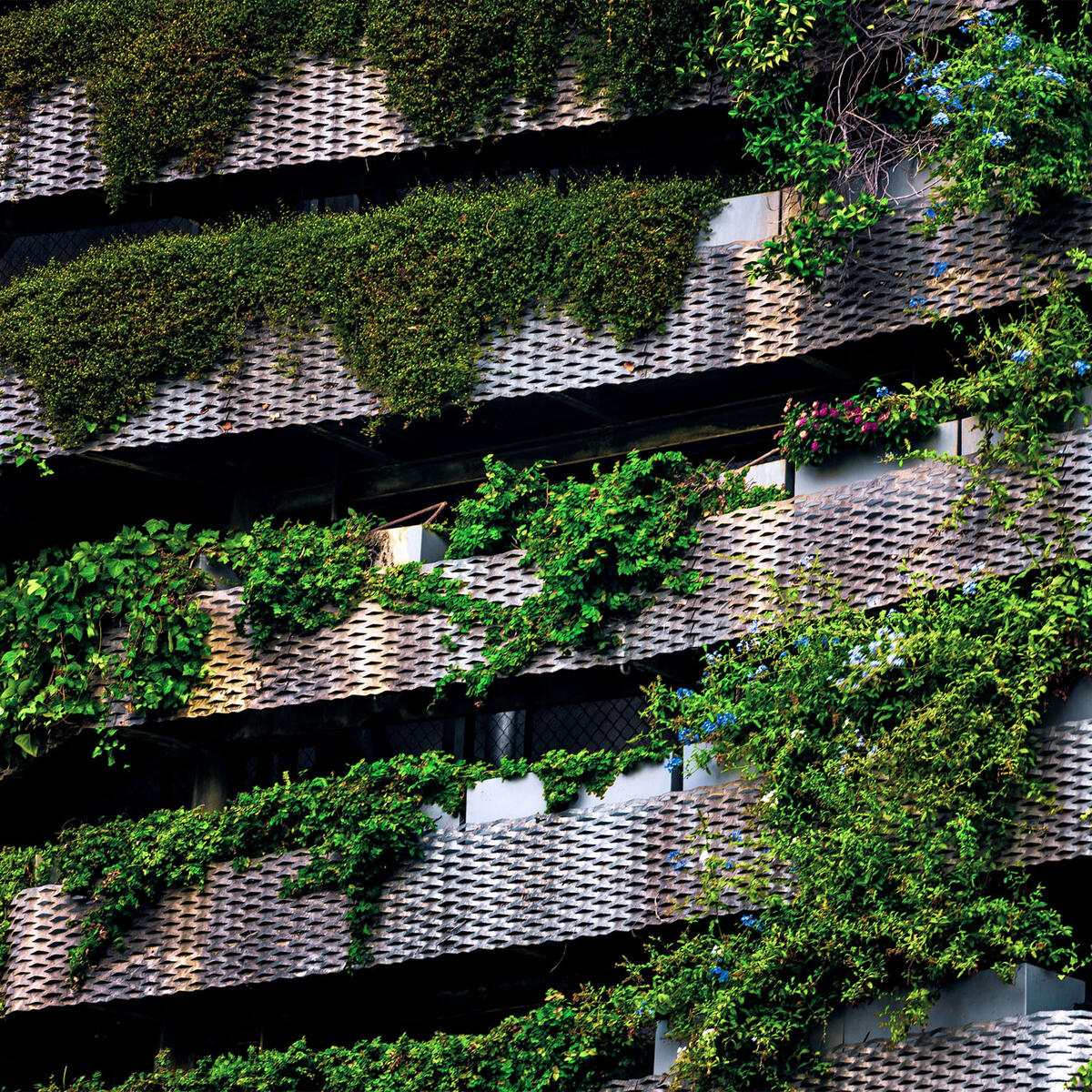
Concrete Jungles
Rebuilding, replanting, and reconnecting the cities of tomorrow.Cities are at the forefront of human development, but also consume and produce the most energy, have the highest prevalence of loneliness, and are most restricted from the natural environment.Our building concepts combine various sustainable strategies and raise awareness of how the reintegration of nature into the urban environment can and should be a top priority for the future development of our world’s cities; providing a long-term solution for problems created by their current social, economic, and environmental structure.
Rooftop Gardens
Our goal with implementing rooftop gardens is to encourage social cohesion, while taking time to get back in touch with nature.
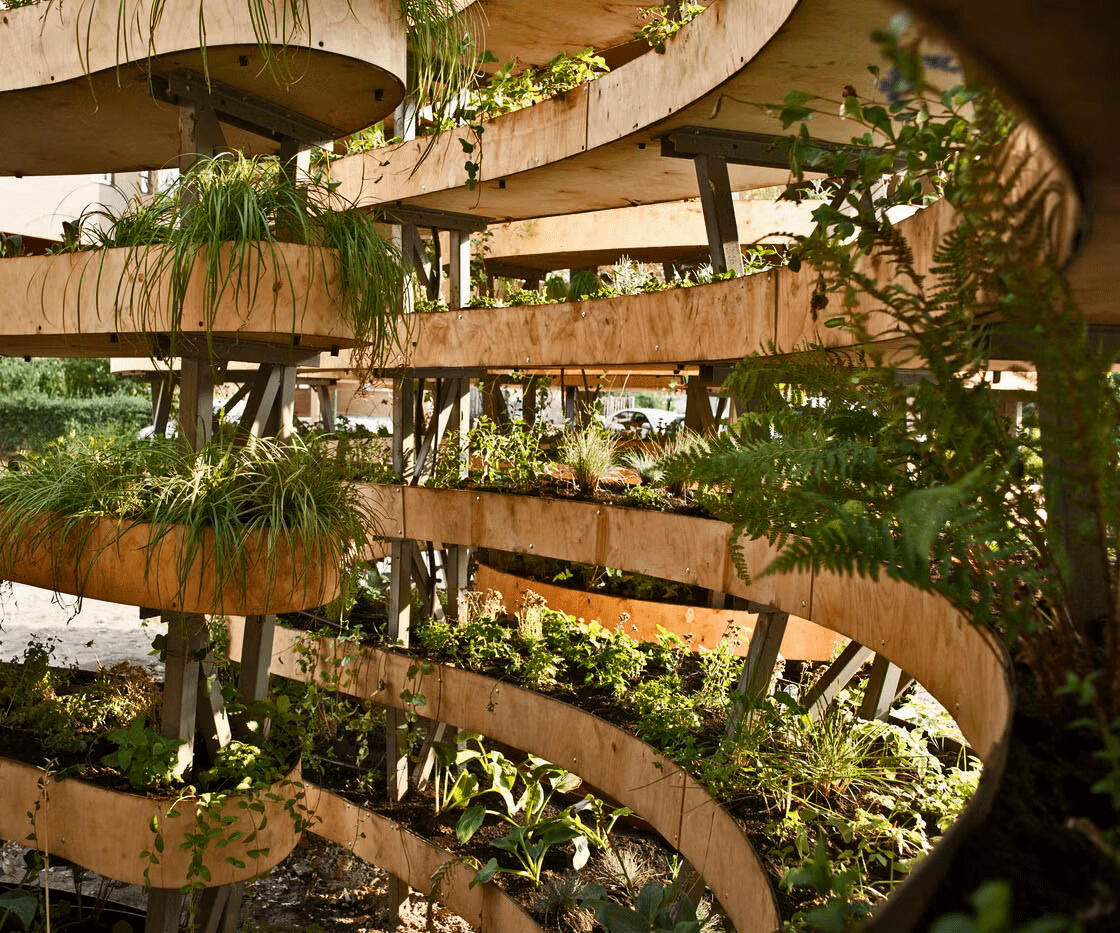

Clean electricity
The installations of algae panels provides a better output of energy than solar panels in the long run and also provides cooling effects.
Mycelium composites
A new sustainable alternative to concrete and fiberglass.
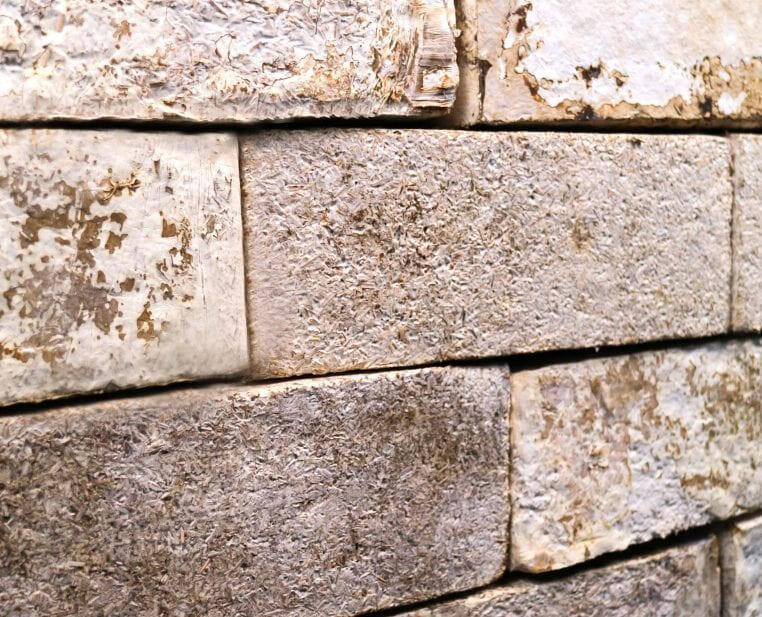

Bioreceptive concrete
A visually appealing exterior that also provides health benefits.

Reconnect.
One of the most glaring issues that comes with rapid urbanization is the destruction of the natural environment. Loss of biodiversity, natural foliage and landscapes are growing problems - all of which have numerous effects on the city's livability and resident’s overall wellbeing.
Improving wellbeing
Various studies have shown that extended time away from greenery can be correlated to increasing levels of anxiety and depression as well as risk of cardiovascular disease. The UK alone spends more than £118 billion on mental health related issues. By having these preventative measures in place, not only is the public benefiting, but also the country's long-term economy.Considering the recent COVID-19 pandemic, having greenery within the buildings themselves has become more necessary than ever. When we are unable to leave our own rooms, the opportunity to visit the few green spaces that do exist is virtually nonexistent, however studies have shown that just being able to see foliage outside your window or even having a houseplant could decrease levels of anxiety and depression.Additionally, having a communal garden that is shared by those living in the apartment could give residents more reason to interact with others. Those living in apartments and complexes have a greater chance of facing isolation, especially as working from home becomes more common. Having the gardens as a uniting factor could combat this.
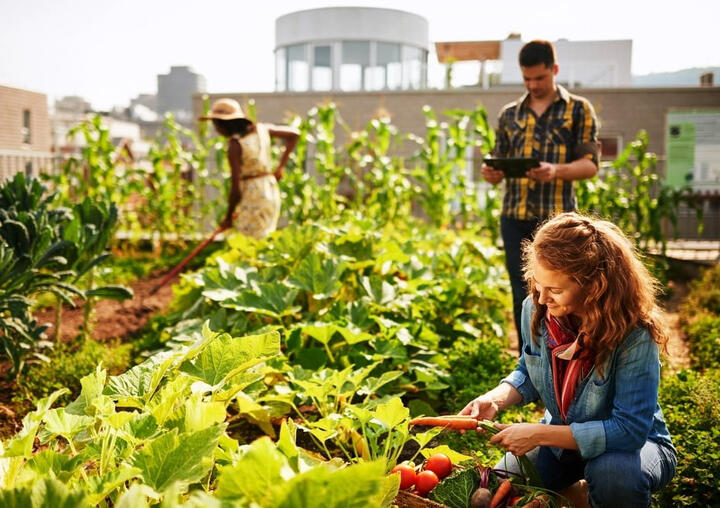
Promoting local diversity
In terms of the environment itself, rooftop gardens can have the ability to restore a percentage of the greenery lost to urbanization. Because only certain plants can grow in a country’s individual climate, local greenery is the best option for these gardens. While plants on buildings cannot be a complete stand-in for the original wildlife, rooftop gardens could have the potential to maintain some of the region's original biodiversity rather than have it completely disappear - something that is currently happening around the globe. This can also be applied to gardens that intend on growing produce. Having more local produce may lessen the demand for imported goods, even by a small amount. It is estimated that imported goods are responsible for 6% of global emissions.Because of this, rooftop gardens are accessible all around the world, if there are facilities to maintain them. In Nepal, multiple NGOs have been set up to educate apartment residences on these gardens as well as teaching them the maintenance for them.While this system still has room for improvement, the possibilities of improved concepts like these being set up in other countries is not too far-fetched.
Cost effective
What is often not acknowledged is the economic benefit of increased greenery in and around a building. A study conducted on multiple types of residential areas in Japan found that residents rated areas with higher concentrations of greenery as more desirable – selecting more positive adjectives from the ones provided when asked about their neighborhood.This has the potential to make certain buildings more desirable to live in, so while the cost of maintenance of the gardens may seem daunting, these expenses will not go unnoticed by those looking for housing.
Our Biodegradable Future.
With our resources and energy depleting quickly, it is crucial that we shift our focus onto potential biomaterials that can present a more sustainable solution. If immediate action isn't taken to replace construction materials such as cement, fibreglass and other products it will be hard to withstand its environmental impact.
A sustainable alternative to cement and fibreglass.
Mycelium is the rootlike structure of fungi that creates branching networks. It sticks to organic matter and produces a substance called 'chitin,' which acts as an adhesive 'glue' that is the key to creating this mycelium brick.The brick is composed of organic matter and mycelium, with mycelium acting as a glue, binding all the material together into a packed substance. The organic matter is usually made from recycled waste materials such as sawdust, rice hulls and wheat, proving beneficial to the environment. This process takes around five days, making it cheap and efficient to produce.Reducing Carbon EmissionsThe process for making cement is energy intensive, and produces a lot of carbon. 8-10% of total carbon dioxide emissions are released from the manufacturing of construction materials, which is a growing concern given our current climate.Mycelium composites not only uses recycled locally available organic matter, but the funghi does all the work in creating chitin to stick everything together, requiring significantly less energy input to create mycelium bricks.Future ApplicationsMycelium composites have already been used by packaging services such as IKEA to replace materials such as styrofoam, demonstrating its potential in being a durable material.This field of research is still fairly new and experimental, which means in the future we could potentially see more improvements being made, allowing it to replace concrete as a construction material. In its current stage of development, its compressive strength is still lacking; however with enough time this material could be even stronger than cement. For example, it has already been found that by increasing its incoluation period, the composite becomes denser which can significantly increase its compressive strength. Other aspects such as heat application and genetic modification can also be explored to improve this material to its highest potential.In summary, here are the benefits that mycelium composites bring to the construction industry:
Efficient
Lightweight
Biodegradable
Non-toxic
Fire, Water, Mould-resistant
